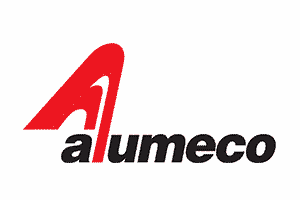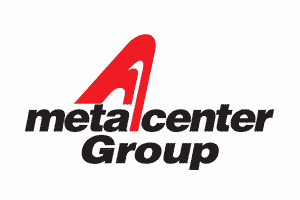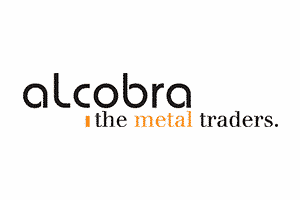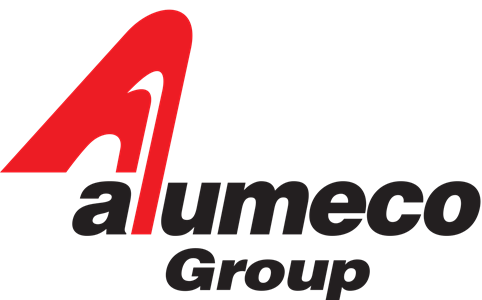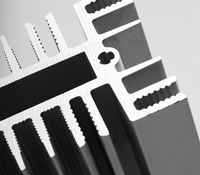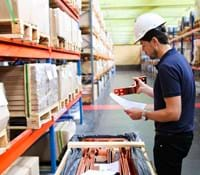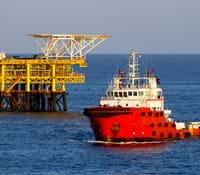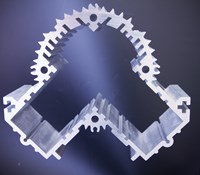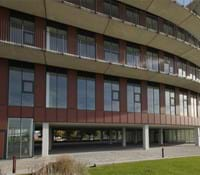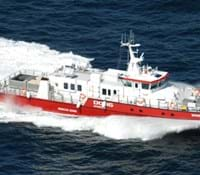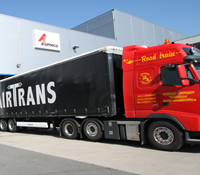Environment and climate
What is an EPD? How do you reduce the carbon footprint of your product? And how can aluminium become more sustainable? Find the answers on this page.

After the bauxite has been mined, a lot of energy is required to produce aluminium. If the electric energy comes from coal firing, the production of 1 kg aluminium can cause as much as 20 kgs of carbon dioxide emissions.
However, if the energy for the production of aluminium comes from renewable sources, the carbon footprint is as low as 4 kg pr. kg aluminium with the newest technologies.
In Europe, there is already a requirement for a certain percentage of renewable energy. But in other parts of the world, the production of aluminium is often based on coal.
This means that aluminium produced outside of the EU often has a greater carbon footprint that aluminium produced in the EU.
How is the carbon footprint of aluminium measured?
The carbon footprint of a product is defined as Global Warming Potential (GWP), which is measured in CO2 equivalents (CO2e).
How can we reduce the carbon footprint of aluminium?
There are basically three ways to reduce the carbon footprint of aluminium:
- Use renewable energy for the production of aluminium
- Recycle aluminium to avoid the energy intensive electrolysis process
- Reduce the amount of material used by designing for weight optimisation.
What is scope 1, 2 and 3?
Scope 1 covers the direct emissions from the company. These are emissions that come directly from the buildings, processes and vehicles that the company owns.
Scope 2 covers the indirect emissions from the energy purchased by the company. The emissions are indirect because they do not occur at the company’s own facilities but are still a result of the company’s actions.
Scope 3 covers all other indirect emissions in the supply chain that are caused by the activities of the company. This is e.g. emissions from suppliers, customers and transport.
The distinction between these three scopes comes from the Greenhouse Gas (GHG) Protocol, which is the global standard for measuring and limiting emissions from companies.
How to reduce your carbon footprint
If you consider the carbon footprint already in the purchasing phase, you can significantly reduce the carbon footprint of your product.
With aluminium, one way to reduce the carbon footprint is to decrease the amount of material. If your default purchase is 1 mm goods, you may be able to get the same quality with 0.9 mm. This saves 10% - on both the price and the carbon footprint.
If you purchase custom aluminium profiles, we can help you optimise your design for reduced material use.
You can also choose to purchase carbon reduced material. We carry GreenAl and RecycAl, which are based on renewable energy and scrap respectively. The quality is exactly the same as regular aluminium – the carbon footprint is the only difference.

The most energy intensive part of aluminium production is the electrolysis process where raw bauxite is transformed into aluminium.
With GreenAl, this process is powered by renewable energy such as hydro or wind power instead of coal or natural gas. This is a far more sustainable process, and the carbon footprint is significantly lower.
For GreenAl, the footprint is 4 kg CO2/kg aluminium.
When aluminium has already been produced, recycling requires very little energy – around 5% of the original energy need.
This is why high scrap content is proportional to a low carbon footprint. For RecycAl, the footprint is as low as 2.04 kg CO2/kg aluminium.
The ability to recycle aluminium endlessly without compromising the quality is one of the advantages of this metal. However, aluminium is a relatively new metal. It was discovered only 200 years ago. This means that most of the aluminium ever produced is still in use – it has not become scrap yet.
Both GreenAl and RecycAl are umbrella terms that cover a range of products from a range of suppliers who all live up to the standards listed here. We can help you find the right product for your needs from our selection of suppliers and products.
Recycling of aluminium
Aluminium can be recycled endlessly without compromising its main properties. As a bonus, recycling requires 95% less energy than mining new aluminium (primary production). This makes it both environmentally friendly and cost effective to recycle as much aluminium as possible.

Scrap: pre-consumer and post-consumer
When speaking of scrap and recycling, it is important to distinguish between pre-consumer scrap and post-consumer scrap. Pre-consumer scrap is material that is turned into scrap before it ever reaches the consumer. An example of this is excess material from the production of cans.
In contrast, post-consumer scrap comes from the consumer, and the material has served its purpose with the consumer. An example of this is a can that is returned through a deposit return scheme.

In Alumeco we produce pre-consumer scrap when we cut aluminium plates and sheets to customised dimensions. To minimise this issue, we have introduced a machine learning software on our saws and developed a policy for the reuse of scrap material. This saves 40 tons of material each year, equivalent to 5% of our annual consumption.
What is the difference between pre-consumer scrap and post-consumer scrap?
Pre-consumer scrap comes from the manufacturing of a product before the product reaches the end user.
Post-consumer scrap comes from the end user, i.e. the consumer.
From a climate perspective, especially the first type should be limited. This is material that has never fulfilled its intended purpose and is "wasted". However, we should also limit the vast quantities of post-consumer scrap in the world to ensure that as many of our resources as possible are part of circular loops.
Documentation: EPD, LCA, cradle-to-cradle
When you begin your sustainability journey, you will quickly run into the term EPD. This is short for Environmental Product Declaration. An EPD documents the carbon footprint of a product, but also the environmental footprint from other sources than carbon, e.g. waste water.
The EPD is based on a Life Cycle Analysis (LCA). This means that the information in the EPD is the same as in the LCA, and you do not need and EPD if you have an LCA for the specific material or product.
When you set out to map the climate and environmental impact of a product, you need to determine the start and end point of the product's life.
This is often defined as cradle-to-gate or cradle-to-cradle. The latter is more comprehensive than the former.

The life of a product can be divided into five stages:
- Mining of raw materials (cradle)
- Production and manufacturing (gate)
- Transportation
- Consumption
- Disposal (grave)
Cradle-to-gate is a linear view of the product from raw materials to finished product. Cradle-to-cradle is – as the name suggests – a circular view of the product from raw materials to production and consumption and back to recycling of raw materials. In this case, one product’s phase 5 will be another product’s phase 1.
It is common for companies to start with cradle-to-gate at the beginning of their sustainability journey, because that is the part of the cycle that the company can control.
A third option is cradle-to-grave, which is rarely used. This is a highly linear view of the product from raw materials to disposal with no recycling of materials.
What is an EPD?
EPD is short for Environmental Product Declaration. An EPD is based on an international standard for reporting environmental and social consequences of the manufacturing of a product.
An EPD is based on a Life Cycle Analysis (LCA) and lists, among other things, the carbon footprint of the product.
What is an EPD used for?
An EPD provides an overview of the environmental and social consequences of a product. It also lists the carbon footprint of the product, but you do not necessarily need an EPD to calculate the carbon footprint.
What is an LCA?
LCA is short for Life Cycle Analysis and is a report on the environmental impact and resource use throughout a product's lifetime. This gives a clear and comparable overview of the actual environmental impact of different products.
LCA is defined in ISO 14040 and ISO 14044.
What is cradle-to-cradle?
Cradle-to-cradle is the measuring of the carbon footprint from raw material to raw material. This means that cradle-to-cradle covers the product's life cycle from raw material to manufacturing, transport, use and recycling as new raw materials.
What is cradle-to-gate?
Cradle-to-gate is a way to measure the carbon footprint of a product from raw materials, manufacturing and transportation. This means that the use and disposal of the product is not included in the calculation.
